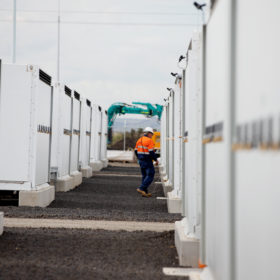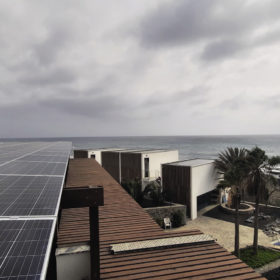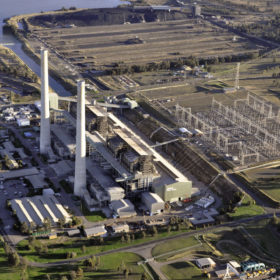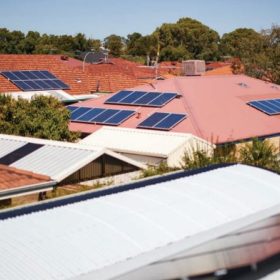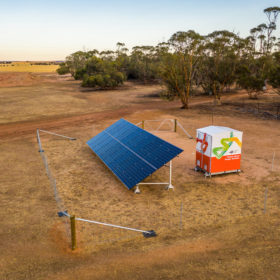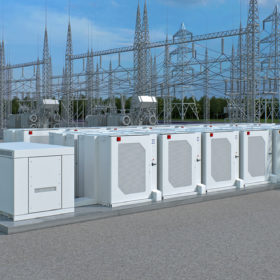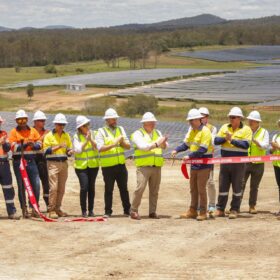Australia’s battery capacity to double in 2022
After the deluge of announcements last year, 2022 will see the trickle of big batteries actually operating in Australia turn to a flood. According to Rystad Energy, the country’s battery capacity is set to double before the year is out.
Sunday read: Liquid light
Once thought of in a niche sense, the solar-water nexus is a rapidly expanding network of applications. They include practical tools capable of solving persistent issues like water scarcity, as well as newly pressing issues like overcoming the water challenge of green hydrogen production. Blake Matich looks at such applications here in Australia and abroad.
Saturday read: New tools for fossil fuels
Long thought of as adversaries to renewable energy, fossil fuel assets and infrastructure also present opportunities for solar, its green-hydrogen output, and smart energy storage. Natalie Filatoff reports on the opportunities and approaches the miners are taking.
WA gold miner to install hybrid PV-gas system with hydrogen capacity
Gold developer Calidus Resources has become the latest miner to decarbonise its Western Australian operations by installing a 19 MW hybrid solar PV-gas power system which in future could be up to a quarter fuelled by hydrogen.
‘Sun tax’ scaffolding unveiled to prevent solar households getting gouged
The debate around what’s become known as Australia’s “solar tax” has rounded a new corner, with the Australian Energy Regulator publishing its draft guidelines for solar export tariffs.
Farmers go off-grid as 19 solar-based standalone systems installed on WA’s southern coast
Western Australia’s state-owned electricity company Horizon Power has installed 19 solar + battery standalone power systems for farmers in Esperance on the state’s southern coast.
Marrying markets and physics – pushing the (dynamic) envelope of orchestration and VPPs
Virtual power plants have turned a corner in this country, SwitchDin founder, Andrew Mears tells pv magazine Australia. With the new technology now firmly established, we take a look at the new approaches to orchestration which will inform the next wave of distributed energy resources management.
Variability compounding complexity compounding risk: the state of play in the NEM today
Australia’s energy system was already a complex web, but it’s now transforming into the work of a labyrinth spider, which build tunnels so complicated and thick they look like white silk vortexes. You get the picture. Or you will from reading the Generator Insights 2021 report published today.
Grid software solution could more than double network capacity for renewables with no new infrastructure
With Scottish company Smarter Grid Solutions having already seen its software deployed in the U.K., a pilot project in New York State has been a resounding success for a grid solution the NREL has predicted could unlock swathes of network capacity without the need for new power lines.
5-minute settlement, battery smarts make Hazelwood battery a reality
The impression of another big battery being installed on the site of one of Australia’s recently decommissioned “coal clunkers” was lost on few. Battery system provider Fluence says the Hazelwood Battery Energy Storage System’s business case was bolstered by recent reforms and new technology to take advantage of rapidly changing wholesale electricity market dynamics.
